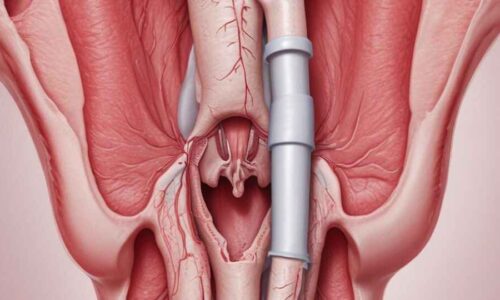
How Fast do Uterine Fibroids Grow
Noncancerous uterine growths known as uterine fibroids frequently develop throughout the childbearing years. These tumours, which are also called leiomyomas or myomas, differ in terms of size, location, and quantity. While some women with fibroids might not show any symptoms, others might have serious problems and pain. Effective management and treatment of uterine fibroids need an understanding of their development patterns.
Factors Influencing Grow
Several factors can influence the growth of uterine fibroids, including hormonal fluctuations, genetic predisposition, and race. Estrogen and progesterone, two hormones that stimulate the development of the uterine lining during each menstrual cycle, can also promote the growth of fibroids. Genetic factors play a role, as women with a family history of fibroids are more likely to develop them.
Race also plays a role, as African American women are more likely to develop fibroids at a younger age and have larger and more numerous fibroids compared to women of other races. Additionally, obesity and a diet high in red meat and low in fruits and vegetables may increase the risk of fibroid growth.
Grow Rates of Uterine Fibroids
The grow rates of uterine fibroids can vary widely among individuals. In general, fibroids tend to grow slowly, with an average growth rate of about 1 to 2 centimeters per year. However, some fibroids may grow more rapidly, especially during pregnancy when hormone levels are higher.
The size of fibroids can also vary significantly, ranging from tiny seedlings that are not visible to the naked eye to large masses that can distort the shape of the uterus. Fibroids can range in size from less than an inch to several inches in diameter.
Symptoms of Uterine Fibroids
The symptoms of uterine fibroids can vary depending on the size, number, and location of the fibroids. Some women with fibroids may not experience any symptoms at all, while others may have:
- Heavy menstrual bleeding
- Pelvic pain or pressure
- Frequent urination
- Difficulty emptying the bladder
- Constipation
- Backache or leg pains
Diagnosis and Monitoring
Diagnosing uterine fibroids usually involves a pelvic exam to feel the size and shape of the uterus. Imaging tests, such as ultrasound, MRI, or CT scans, may also be used to confirm the presence of fibroids and determine their size and location.
Once diagnosed, uterine fibroids are typically monitored over time to assess their growth and any changes in symptoms. Monitoring may involve regular pelvic exams and imaging tests to track the size and number of fibroids.
Treatment Options
The treatment for uterine fibroids depends on the size and location of the fibroids, as well as the severity of symptoms. Treatment options may include:
- Watchful waiting: In cases where fibroids are small and not causing symptoms, your doctor may recommend monitoring them over time without any treatment.
- Medications: Hormonal medications, such as birth control pills or gonadotropin-releasing hormone (GnRH) agonists, may help control heavy bleeding and reduce the size of fibroids.
- Minimally invasive procedures: Procedures such as uterine artery embolization, myomectomy, or radiofrequency ablation can be used to shrink or remove fibroids while preserving the uterus.
- Surgery: In cases where fibroids are large or causing significant symptoms, a hysterectomy (removal of the uterus) may be recommended.
Conclusion
Uterine fibroids are common noncancerous growths of the uterus that can cause a variety of symptoms, including heavy menstrual bleeding, pelvic pain, and pressure. While fibroids tend to grow slowly, their growth rates can vary widely among individuals. Monitoring the size and growth of fibroids over time is essential for determining the appropriate treatment approach. Treatment options for uterine fibroids range from watchful waiting to surgery, depending on the size, location, and symptoms of the fibroids.
Janvi Dhiman
Janvi Dhiman holds a Master's degree in Biotechnology and has a background in both undergraduate and postgraduate studies from Amity University, Noida. Her passion lies in making meaningful contributions to the healthcare and research sectors. Currently, she is a valued member of our team, serving as a Research Analyst and a medical content writer at DiseaseInfoHub.




